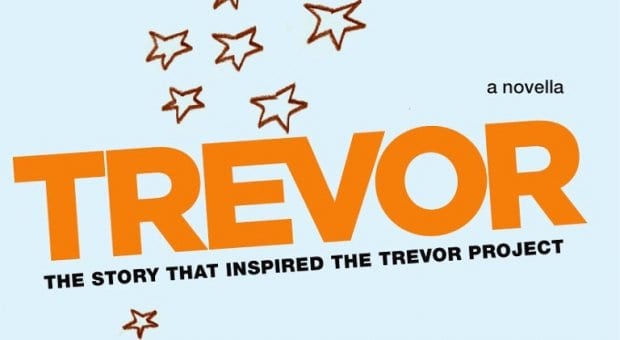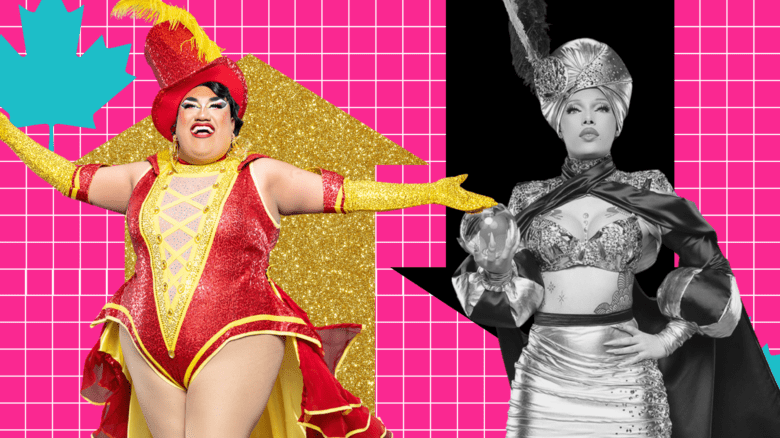It seems like we hear about it all the time. A gay kid, bullied, rejected and looking for a way to escape the madness of abuse. Pills, knives, rope, guns . . . the conveyance to release may be different, but the message is still the same: our gay kids are at risk, and we are in danger of failing them.
Thank the gods for organizations like The Trevor Project, an LGBT help line for kids that offers support, advice and information in an effort to curb the alarming number of LGBT suicides. I’m embarrassed to confess that I thought the group was named after an actual kid, but the project actually came about because of a one-man show called Trevor, created by actor and writer James Lecesne. This performance piece led to the 1996 film of the same name, which went on to win an Academy Award for Best Short Subject.
Now, more than two decades after its original incarnation, Lucesne’s story of a troubled gay 13-year-old has been reimagined as a novella. Trevor opens with a moving foreword by the author that reveals his own Trevorness as a child and teenager, listening to Carly Simon and acting out soap operas with his action figures.
It quickly becomes clear that our young protagonist is something of a drama queen, artfully feigning death with a carefully positioned kitchen knife on his family’s front lawn, railing against his parents’ banality, and looking forward to a Halloween dressed as Lady Gaga. His glee at being named director of his school’s production of Anything Goes is an uncomplicated delight, as is his burgeoning love for Pinky, a tough boy who’s taken a shine to our hero.
Sadly, 13-year-olds aren’t known for their compassion, and Trevor’s flamboyant personality begins to take some serious hits from his friends and family. The boy somehow keeps his sense of humour, making his diary entries both bittersweet and laugh-out-loud funny.
Lucesne has updated Trevor’s world from the original story, incorporating modern elements like Gaga and Facebook while still maintaining the innocence and optimism that makes the teen so lovable and sympathetic. I won’t lie to you; there are some emotionally distressing moments explored in Trevor. The middle of the night saw me weeping as this funny, fabulous boy decided that the only way to escape his pain was to take his own life.
For those who see ourselves in Trevor, reopening those chapters of our own lives can be both painful and cathartic. Mercifully, the novella’s uplifting ending completes the emotional roller-coaster ride in joyous, celebratory abandon. As Lucesne says of all the world’s Trevors in the book’s foreword, “They feel. Even when it’s not easy, they feel.”

 Why you can trust Xtra
Why you can trust Xtra


